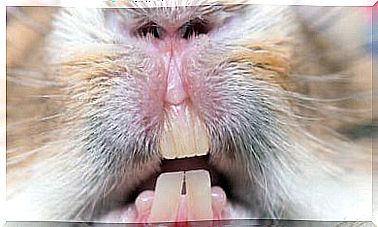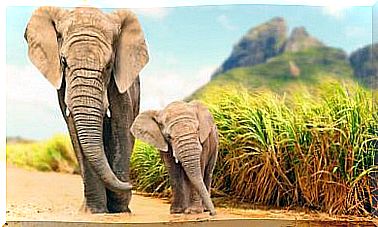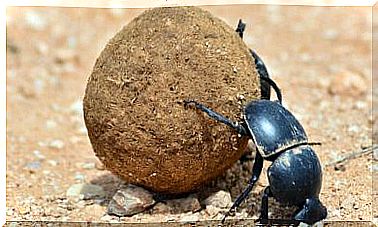Ten Cold-blooded Animals
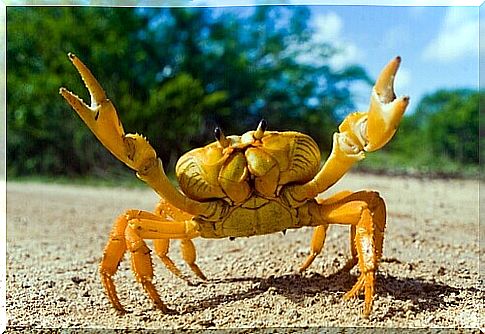
Unlike mammals, cold-blooded animals need the sun and other heat sources to maintain the proper temperature. Also known as heterotherms or pecilotherms, they are not able to regulate the degree of body temperature and depend on the environment to survive. Learn more about them in the following article.
How do cold-blooded animals live?
These species of the animal kingdom are not warm-blooded, but they can withstand large variations in temperature without dying from hypothermia, as happens with mammals. If the body temperature is low, physiological activities decrease (such as heartbeat).
In this way, they reduce energy demands and manage to survive longer, even in the harshest winters. The heat source comes from the environment, that is, they need the sun for their organs to function properly. If they spend a lot of time in front of a heat source, they have a “convection” or “conduction” system to regulate the temperature.
Some animals in cold blood spend all day sunbathing. When the temperature drops and they become more lethargic, they become easier prey for their predators.
What are cold-blooded animals?
Among those species that control body temperature through external means we find:
1. gecko
There are lizards of different colors and sizes, although they are usually small. They usually live in Argentina, Ecuador, Bolivia, Chile (the country that hosts the most species of this animal), Spain, Peru, Italy and Venezuela. They belong to the families of Gekkonidae, Teiidae, Lacertidae, Tropiduridae and gymnophthalmidae .
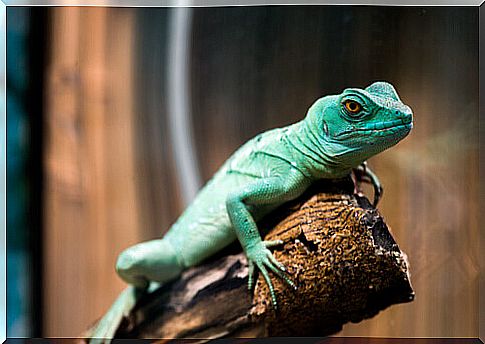
2. Lizard
It may even look like the “father” of the gecko due to its size, but they are two different species. Lizards belong to the suborder of reptiles. They have four legs, movable eyelids and can measure up to three meters (the Komodo dragon). They have bright colors and the ability to loosen their tails if caught by a predator.
3. Viper
is famous for its poison , one of the most powerful in the world, and for having a pair of wide canine teeth, which retract against the tongue when they close the mouth. When opening the jaw, they are in a “launch position” in order to inject the venom into the prey. Most vipers originate from Africa.
4. Chameleon
It is a scaly reptile whose main ability is to change color according to the circumstances or the place where they are found. They have a very fast and long tongue that catches insects with sticky saliva. Also, it can move its eyes independently.
5. Iguana
Diurnal reptile that lives mainly in the United States, Mexico, the Caribbean and South America. There are also species in the Fiji Islands and on the island of Madagascar. They feed on vegetables and small invertebrates.
6. Crab
They have five pairs of legs and also cover larger crustaceans, such as crayfish, lobsters and shrimp. They swim in the depths of the seas and breed in coastal areas. They change the exoskeleton as they grow.
7. Crocodile
It is one of the oldest animals that still exist (believed to have appeared eighty million years ago), and it is the larger reptile of the world. They have short legs, a stout body, a broad snout, and a tail that can be the same length as their back. They are faster in water than on land. The scales act as “solar panels”.
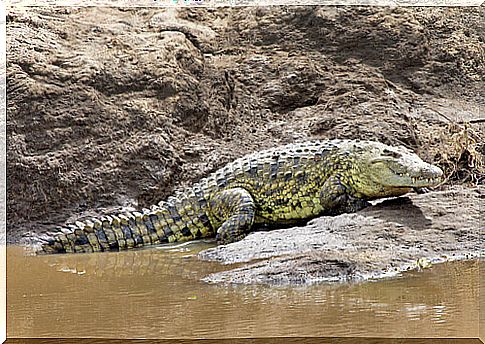
8. Ant
Another cold-blooded animal that evolved millions of years ago. It lives in colonies of thousands of individuals and is very organized. The sterile females are workers, and only one is fertile, called the “queen”, which reproduces thanks to a handful of males.
9. Toad
Toads and frogs are both cold-blooded and belong to the amphibian group. In total there are more than six thousand different species. Frogs have moist, smooth skin, are good jumpers, and can be aquatic. Toads have dry, wrinkled skin, are robust, less agile and usually live in moist soil after digging galleries.
10. Shark
In most cases they are cold-blooded animals. They live in warm, warm waters in all oceans and have evolved since the Miocene. They are robust animals, with a large bow-shaped mouth and a jaw three hundred times stronger than the human.





